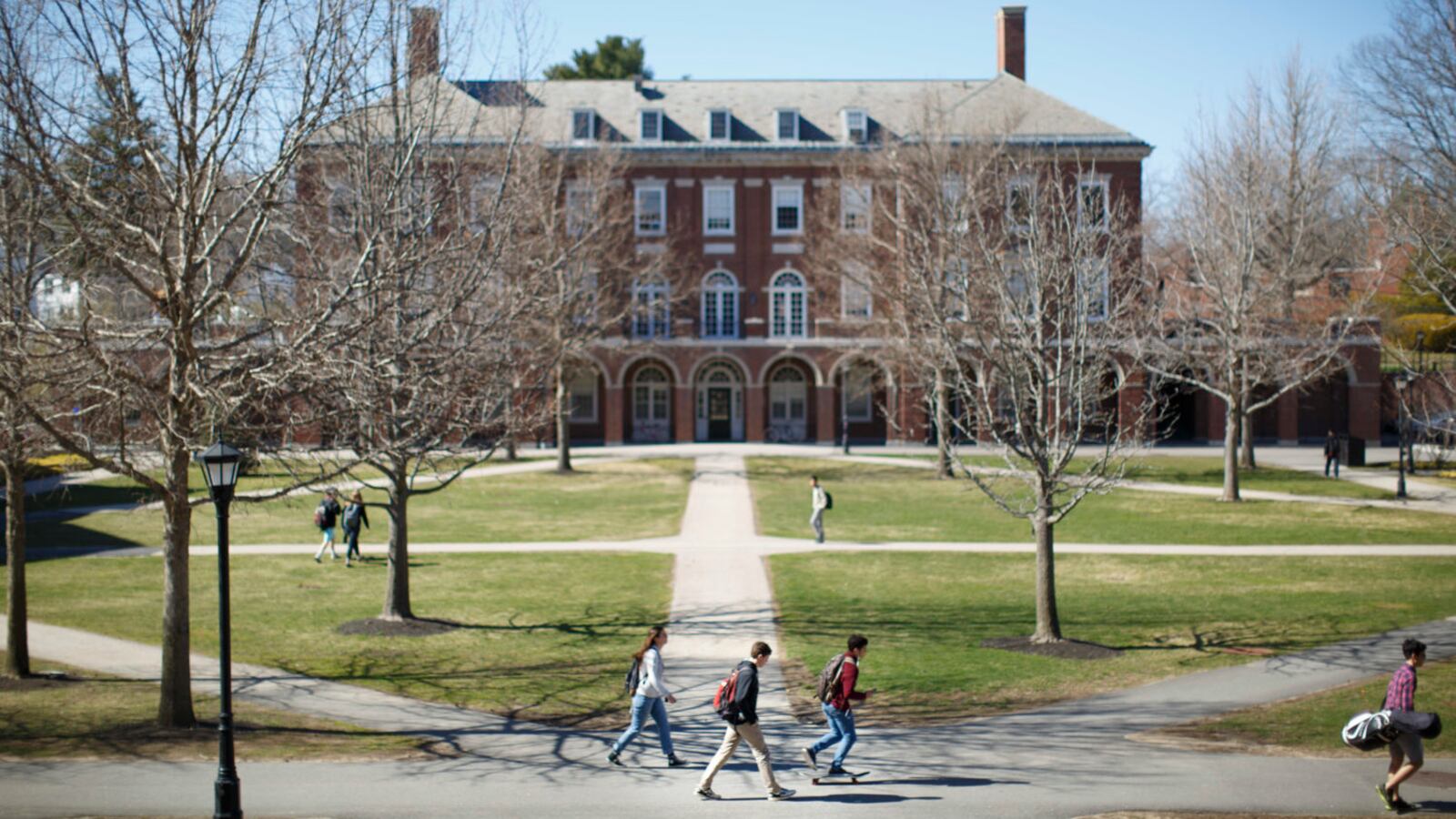Private schools play a disproportionate role in segregating American schoolchildren by race, according to an analysis released Friday.
While 11% of students attend private schools, those schools account for 15% of racial segregation, according to the research, which uses a novel approach to measure school segregation in every U.S. county.
The study illustrates how private schools play a small but notable role in the country’s school segregation, though they often go unmentioned in discussions of the issue.
“Private schools tend to contribute more to segregation than similar charter or traditional public schools,” write researchers Tomas Monarrez, Brian Kisida, and Matt Chingos for the Urban Institute, a D.C.-based think tank. “This presents a dilemma, as private schools are subject to less scrutiny and oversight.”
The relationship is the opposite for district schools. While 81% of students attend those schools, they account for 76% of racial segregation. Still, that means that substantially reducing school segregation requires changes in district schools.
The study, which was funded by the Walton Family Foundation, aims to measure every single school’s individual role in segregation. (Walton is also a funder of Chalkbeat.) The study does this by modeling what would happen if a given school’s demographics perfectly reflected the racial makeup of the county where it’s located.
Most schools have only a small effect on their county’s overall segregation. But as a group, private schools account for more than their share of segregation, while district schools account for slightly less than their share.
Charter schools are the third group, and they account for 9% of segregation, compared to 8% of enrollment. That’s consistent with a study from the same group of researchers showing charter schools increase racial segregation, but only slightly. (These statistics focus on students in grades K-5 in counties that have private and charter schools.)
This matters, as research has linked integrated schools to better academic outcomes for low-income black and Hispanic students.
The Urban Institute researchers say that school officials can use their approach to figure out which schools are driving segregation — and do something about it.
“By identifying the schools that segregate the system most, policymakers can use our [index] to target desegregation efforts at schools where the returns will be largest,” they write.
At the same time, they acknowledge that such efforts might prove difficult.
“Identifying a school that contributes to segregation does not mean that if the school closed students would be randomly dispersed in a way that integrates the school system,” they write. “[Desegregation] policies must be thought out carefully so they do not have unintended consequences that could result in even more segregation than before.”
In some parts of the country, private schools were created for families who wanted to avoid schools integrated by desegregation orders. Some private schools still reflect that legacy.
The vast majority of private schools serve a smaller share of black and Hispanic students than live in the surrounding neighborhood, the study shows.
Private schools also fuel segregation by income. In recent decades, private school enrollment has declined among students from middle-class families. More than 15% of children from high-income families attend private schools, compared to 7% of middle-income children and less than 5% of those from low-income families.
Some argue that this is where publicly funded vouchers to help families afford private school tuition could reduce segregation. One recent study found that Louisiana’s voucher program — which is predominantly used by black students — boosted integration, but only a bit. About a third of students transferred from a racially segregated public school to a more integrated private school. Participating in the program, though, hurt students’ test scores.


